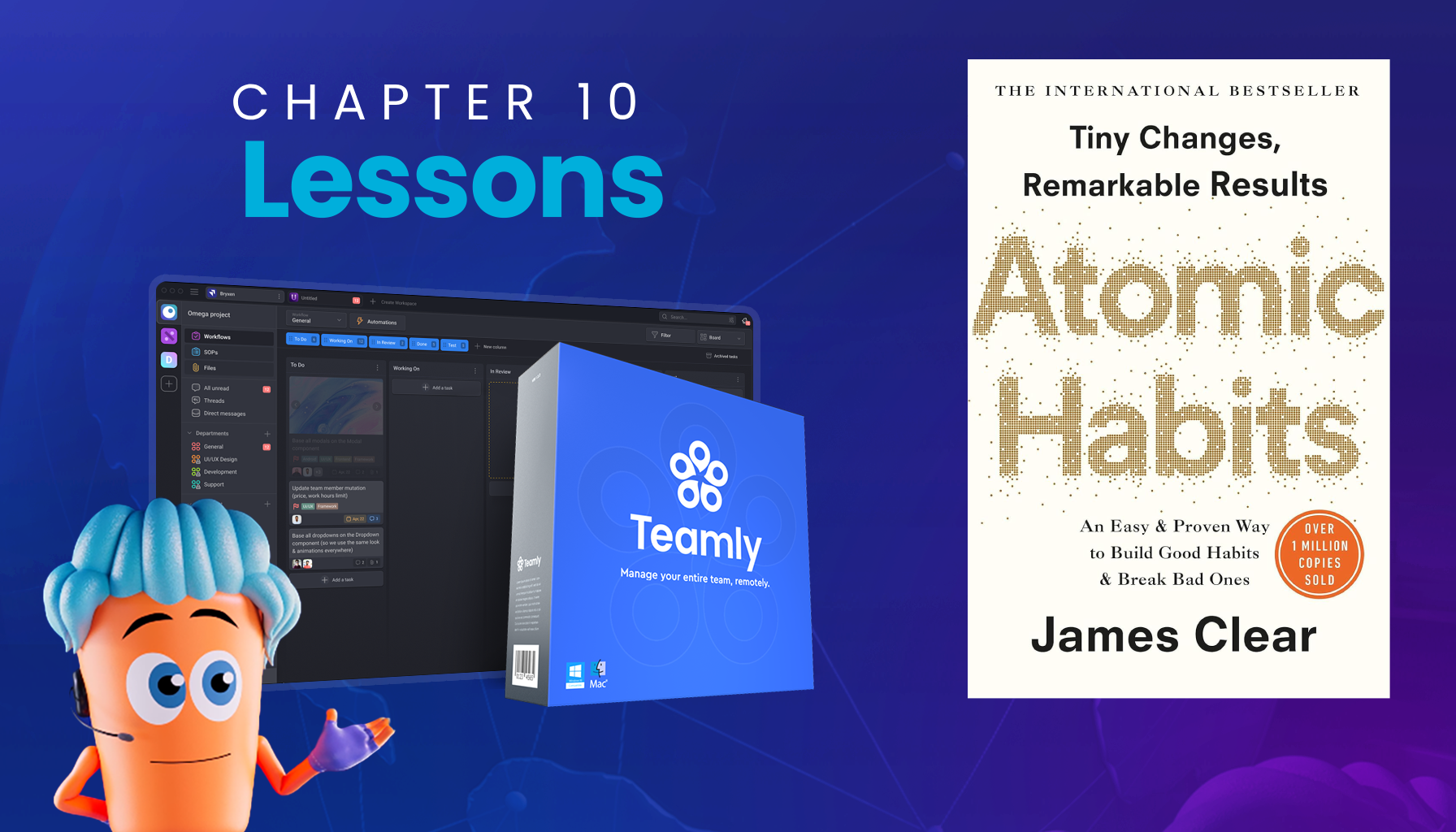
Click the button to start reading
How Design Thinking Can Improve Your Future Projects
Anyone who’s been involved in project management for any length of time knows that it can be a real challenge to keep things on track and meet deadlines. Even the best-laid plans can go awry, especially when dealing with unpredictable variables like humans.
But what if there were a way to come up with creative solutions to problems before they even arise? That’s where design thinking comes in. In this post, we’ll take a look at what design thinking is, and how you can use it to your advantage in project management.

Design thinking, DEFINED.
Design thinking is a process that can be used to solve problems and develop creative solutions. As the name suggests, design thinking focuses on the creative process through the methodical application of creative thinking skills.
One way to think about design thinking is as a problem-solving framework that encourages you to be more creative in your approach.
Rather than simply coming up with solutions to problems, design thinking helps you identify the problem itself and then come up with a solution that meets the needs of all stakeholders involved.
WHY USE DESIGN THINKING IN PROJECT MANAGEMENT?
While design thinking is often associated with the field of design, it can also be applied to other fields, such as project management. Approaching projects with a design mindset can be appealing for a variety of reasons, including increased clarity, enhanced creativity, and the potential for reduced risk.
By applying this way of thinking to project management, project managers can stay focused and on track by developing creative solutions to common problems that revolve around product usability.
The cool thing is design thinking can be used at any stage of a project, from coming up with the initial idea to making sure it’s executed successfully. It’s a great way to get everyone on the same page and make sure all the bases are covered.
There are many reasons why project managers might want to use design thinking in their work, including:
- Improved clarity: Design thinking can help you to clarify your project’s goals and objectives. When everyone is on the same page, it’s easier to make sure that the project is heading in the right direction.
- Enhanced creativity: Design thinking encourages out-of-the-box thinking. This can be a great asset when trying to come up with creative solutions to complex problems.
- Reduced risk: By using design thinking at the early stages of a project, you can mitigate the risk of things going wrong later on. This is because it allows you to spot potential issues and adapt your plans before they become unmanageable.
- Better stakeholder engagement: Design thinking can also help you to build better relationships with your clients and stakeholders. When you take the time to understand their needs, it’s easier to keep them happy and engaged throughout the project.
Ultimately, design thinking can be a powerful tool for any project manager looking to maximize their team’s performance and create successful projects. Whether you’re just getting started with design thinking or have been using it for years, there are always new ways to use it and new benefits to be gained.

The five steps of the design thinking process
Design thinking is a well-defined technique, with defined phases. And it can be applied to just about any area of project management. It can be broken down into five basic steps:
Step 1: Empathize
Empathizing with your users is the first step in design thinking. To empathize with your consumers, you must first get inside their heads and see things through their eyes. You can accomplish this through discerning the underlying motivations such as the wants, desires, and goals of your end-users.
One way to get into your users’ shoes is to conduct user research. This can be done through surveys, interviews, google trends, and focus groups. You can ask basic questions like:
- What are your user’s needs and wants?
- What are their pains and frustrations?
- What motivates them?
Basically, you want to understand how people feel about a problem, on a human level. This generally entails submerging the project team members in customers’ experiences or watching how they are affected.
User research will help you to understand your users on a deeper level, which is essential for developing creative solutions that meet their needs. Once you have a good understanding of your users’ needs, you can begin to empathize with them.
Step 2: Define
The second step of design thinking involves taking everything you’ve learned about your users and turning it into a solid definition of the problem at hand.
This process involves conducting interviews, surveys, and other forms of research to gather information about what your users are struggling with and what they hope to achieve through your product or service.
Ultimately, this step allows you to design products and services that are not only high quality but also truly valued by your customers. In short, by properly defining the users’ problems through design thinking, project managers can ensure success in their projects.
To define the problem, start by outlining all the variables that might be involved, including user needs, business requirements, constraints, assumptions, and other relevant factors. Be as specific as possible – this will help to guide your ideation process and will make it easier to come up with solutions that really address the problem.

Step 3: Ideate
Ideation is all about generating creative solutions to the problem at hand. This step is where your team’s creativity and ingenuity will come into play.
This involves thinking outside of the box, generating new ideas based on your understanding of the problem at hand, and tapping into your creativity in order to come up with multiple possible outcomes.
Ideation is an essential part of design thinking. By fostering innovation and coming up with unique approaches to problems, project managers can more effectively tackle any challenges that they encounter throughout the process.
Whether it’s looking for ways to optimize resources or finding new ways to engage stakeholders, ideation plays a vital role in helping project managers achieve success.
To generate ideas, it can be helpful to use brainstorming techniques such as mind mapping or lateral thinking. It’s also important to encourage wild and crazy ideas during this phase – the more out-of-the-box, the better. The goal is to come up with as many potential solutions as possible, without judging or evaluating them at this stage.
Ultimately, being able to innovate through ideation is what sets great project managers apart from those who struggle in their roles.
Step 4: Prototype
In the fourth step, prototyping, you put your theories into practice by creating a model of your proposed solution. This is useful for testing purposes and helps you to fine-tune your design.
This stage involves taking your ideas and creating a rough mockup or blueprint of the solution. You may need to use tools like software, 3D printers, or other prototyping technologies to create an effective prototype.
However you do it, the goal is to turn your brainstormed ideas into something tangible so that you can test them out and see how it works in the real world.
Creating a prototype is an important step in design thinking because it allows you to test your assumptions and get feedback from users early on in the process. This helps to ensure that you’re on the right track and prevents you from wasting time and resources on solutions that don’t work.
Ultimately, prototyping is a key component of effective project management, since it allows you to test and refine your ideas while ensuring that the final product meets users’ needs.
Step 5: Test
After you’ve created a prototype of your solution, it’s time to test it out in the real world. This helps you to gather feedback and ensure that your design works as intended.
Testing can be done in a number of ways, depending on the nature of your prototype. For example, if you’ve created a new software program or website, you might test it out with users to get their feedback.
If your prototype is more physical in nature, you may need to conduct interviews or surveys in order to get input from real-world users.
In any case, the goal of testing is to get feedback from those who will be using the final product so that you can make any necessary adjustments before moving forward with implementation.
For project managers, testing your prototype is an integral part of the design thinking process. Not only does it ensure that you’re on track to meet users’ needs, but it also helps you fine-tune your solution so that it’s as effective as possible.
By taking the time to test your design, you can avoid potential problems down the road and increase the chances of success for your project.

Putting it all together – Design principles meet project management.
There are many different applications of design thinking principles in the world of project management.
For example, one creative strategy might be to approach problems from multiple perspectives. This can involve thinking about a challenging project from the perspective of your users, stakeholders, or even a potential competitor. By considering a project from diverse viewpoints, you can gain new insights and come up with innovative solutions that may not have been possible otherwise.
Another useful strategy for applying design thinking principles to your projects is to focus on collaboration and iteration. Rather than working alone or only making incremental changes at a time, try involving different members of your team in the design process at various points. This can help to generate new ideas and feedback, as well as foster trust and accountability among team members.
Additionally, by constantly iterating and making small adjustments along the way rather than waiting until the end of the project, you can ensure that your final design will be well-adapted to user needs and expectations.
Finally, another key aspect of design thinking is being open-minded and always being willing to take risks. As you design new projects or tackle complex problems, it’s important to be flexible and adaptive in your thinking. Embrace uncertainty by trying out different approaches and trusting your intuition, and you’ll be more likely to succeed in your work.
Conclusion
There you have it – the five key steps of design thinking in project management.
By following these steps, you can bring a user-centered approach to your work and increase the chances of success for your projects.
So what are you waiting for? Start applying design thinking principles to your next project and see how it can help you achieve your goals.
















